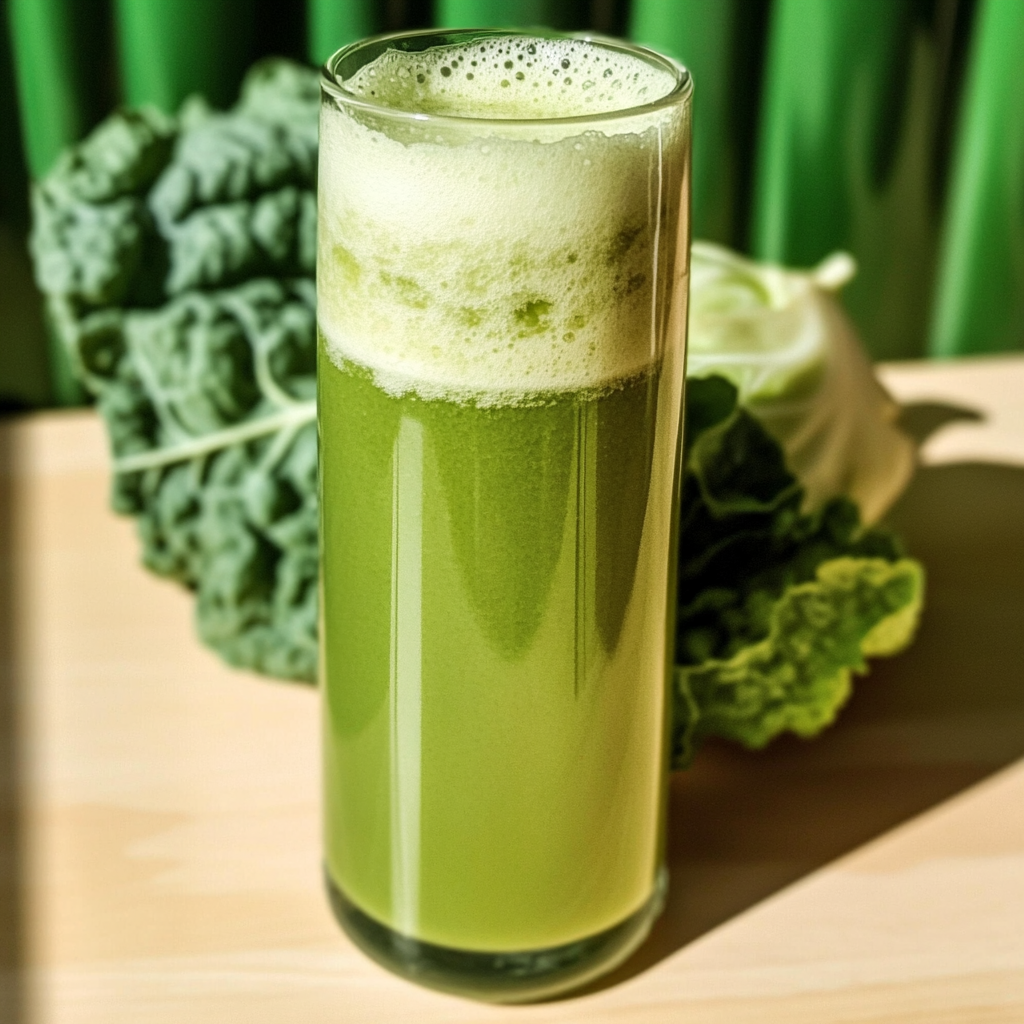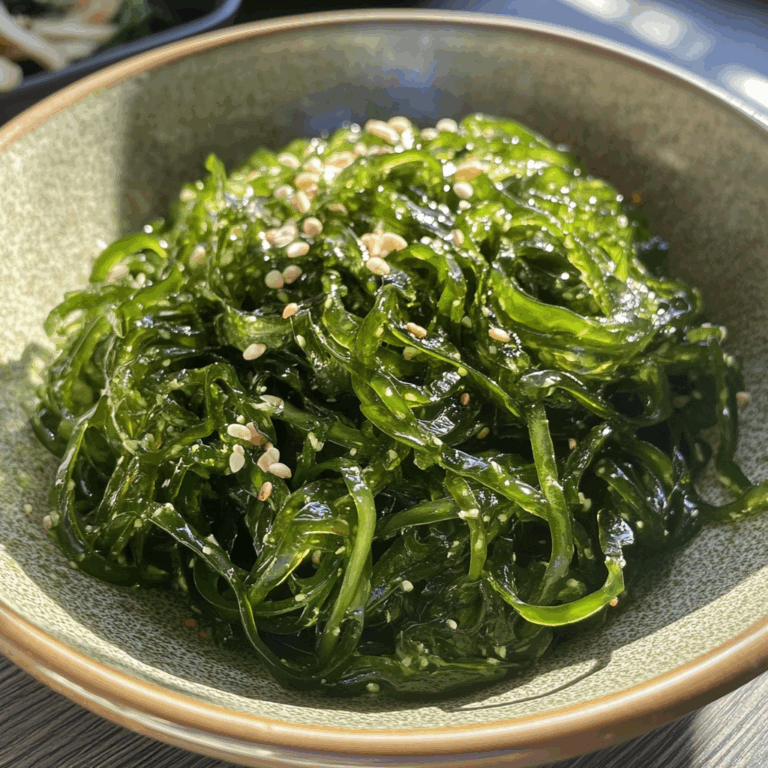Cabbage Juice for Ulcers: A Soothing Remedy
Cabbage juice has long been touted as a natural remedy for ulcers, offering a soothing and effective solution to this painful condition. Whether you’re dealing with a peptic ulcer, gastritis, or other digestive woes, incorporating cabbage juice into your routine can provide much-needed relief and support the healing process.
What makes cabbage juice so remarkable for ulcers? The answer lies in its unique nutritional profile. Cabbage is rich in vitamins, minerals, and compounds that work together to protect the lining of the stomach and promote healing. From its high content of vitamin C to its anti-inflammatory properties, cabbage juice is a powerful tool in the fight against ulcers.
❤️ Why You’ll Love This Remedy ❓
Not only is cabbage juice an effective treatment for ulcers, but it’s also incredibly accessible and easy to incorporate into your daily routine. Unlike some traditional ulcer medications, cabbage juice is a natural, plant-based solution that won’t cause unwanted side effects. Plus, it’s incredibly versatile – you can enjoy it on its own, blend it into smoothies, or even use it as a base for soups and stews.
What’s more, cabbage juice is packed with nutrients that go beyond just soothing ulcers. It’s a rich source of vitamins A, C, and K, as well as minerals like potassium and magnesium. This means that regular consumption of cabbage juice can support overall digestive health, boost your immune system, and even promote healthier skin and hair.
🛒 What You Need to Prepare Cabbage Juice for Ulcers ❓
• 1 lemon (optional)
• 1 inch ginger root (optional)
• Filtered water (as needed)
The beauty of this cabbage juice remedy is that the main ingredient – cabbage – is readily available and affordable. You can easily find fresh, high-quality cabbages at your local grocery store or farmer’s market. The addition of lemon and ginger is optional, but these ingredients can further enhance the digestive benefits of the juice.
📝 How to Make Cabbage Juice for Ulcers Step-by-Step ❓
• Step 2: Cut the cabbage into large chunks and run them through a juicer, extracting as much liquid as possible.
• Step 3: If using, peel and slice the ginger, then add it to the juicer along with the cabbage.
• Step 4: Squeeze the lemon juice into the cabbage juice, if desired, for an extra burst of flavor and vitamin C.
• Step 5: If the juice is too thick, add a small amount of filtered water to thin it out to your desired consistency.
⏱️ Timing Overview
• Juicing time: 5-10 minutes
• Total time: 15-20 minutes
Compared to traditional ulcer treatments that can involve complex medication regimens, this cabbage juice remedy is a simple and straightforward solution that takes just minutes to prepare.
👩🏻⚕️ Nutritional Information
Per serving (based on 1 cup):
• Protein: 1.4g
• Carbohydrates: 7.8g
• Fat: 0.1g
• Fiber: 2.5g
• Sodium: 52mg
These cabbage juice servings provide a significant boost of vitamins and minerals that can help soothe and heal ulcers. The high vitamin C content, in particular, is crucial for supporting the immune system and promoting tissue repair.
🔄 Healthier Alternatives for the Recipe
• Lower-fiber version: Strain the juice through a fine-mesh sieve to remove the pulp and fibers, which may be better tolerated for some individuals with digestive sensitivities.
• Dairy-free adaptation: Enjoy the cabbage juice on its own or blended into a plant-based milk or yogurt for a creamy, probiotic-rich option.
• Added protein: Mix the cabbage juice with a scoop of collagen powder or plant-based protein powder for an extra nutritional boost.
• Boost vegetables: Experiment with adding other soothing vegetables like aloe vera, fennel, or ginger to the juice for additional digestive benefits.
These modifications can help you tailor the cabbage juice recipe to your specific dietary needs and preferences without compromising the fundamental healing properties of this natural ulcer remedy.
🍽️ Serving Suggestions
• Pair the juice with a light, easy-to-digest meal like a vegetable-based soup or a simple salad with a gentle vinaigrette.
• For a complete healing meal, enjoy the cabbage juice alongside a bowl of bone broth or a probiotic-rich fermented food like sauerkraut or kimchi.
• Create a “digestive elixir” by mixing the cabbage juice with a tablespoon of raw honey and a squeeze of lemon for an extra soothing and anti-inflammatory boost.
❌ Common Mistakes to Avoid
• Forgetting to wash the cabbage: Thorough washing is essential to remove any dirt, pesticides, or other contaminants that could compromise the purity of the juice.
• Not straining the juice: If the pulp and fiber are too much for your digestive system, be sure to strain the juice through a fine-mesh sieve for a smoother, more easily digestible drink.
• Drinking too much too quickly: Start with small servings of 4-6 ounces and gradually increase the amount as your body adjusts to the potent healing properties of the cabbage juice.
🧊 Storing Tips for the Recipe
These cabbage juice servings retain their quality remarkably well:
• Freezing: Freeze the juice in ice cube trays or small containers for up to 6 months. Thaw in the refrigerator before enjoying.
• Reheating: If the juice becomes too cold, you can gently warm it in a saucepan over low heat, being careful not to overheat and destroy the delicate nutrients.
❓ FAQs
How far in advance can I prepare the cabbage juice?
For best results, it’s recommended to make the cabbage juice fresh each time you plan to consume it. The nutrients and enzymes in the juice are most potent when it’s consumed immediately after juicing. However, you can store the freshly made juice in the refrigerator for up to 3 days, or freeze it for longer-term storage of up to 6 months.
Can I substitute other vegetables for the cabbage?
While cabbage is the star ingredient in this ulcer-soothing remedy, you can experiment with other vegetables that have similar healing properties. Good options include aloe vera, spinach, kale, and celery. Keep in mind that the flavor profile and nutrient composition may vary, so you may need to adjust the proportions accordingly.
Is cabbage juice safe for people with specific dietary restrictions?
Cabbage juice is generally well-tolerated, but individuals with certain medical conditions or dietary restrictions should consult their healthcare provider before incorporating it into their routine. Those with thyroid disorders, for example, may need to limit their intake of cruciferous vegetables like cabbage. Additionally, those following a low-FODMAP diet may need to dilute the juice or avoid it altogether.
What if I experience discomfort or side effects from the cabbage juice?
Some people may experience temporary digestive discomfort, such as bloating or gas, when first introducing cabbage juice into their diet. If this occurs, try reducing the serving size or diluting the juice with water. It’s also important to listen to your body and discontinue use if you experience any severe or persistent side effects. Consult your healthcare provider if you have concerns.
Can I add other ingredients to the cabbage juice?
Absolutely! Feel free to experiment with adding other soothing, digestive-friendly ingredients to your cabbage juice. Some tasty and beneficial additions include ginger, turmeric, mint, aloe vera, and even a touch of honey or lemon. These extra ingredients can enhance the flavor, provide additional anti-inflammatory benefits, and make the juice more palatable.
Conclusion
These cabbage juice remedies represent the perfect balance of natural healing and convenience. Whether you’re seeking relief from the discomfort of ulcers or simply want to support your overall digestive health, incorporating this powerful elixir into your routine is an easy and effective solution.
With its impressive nutritional profile and soothing properties, cabbage juice demonstrates that sophisticated remedies don’t have to be complicated. By harnessing the inherent goodness of this humble vegetable, you can take control of your digestive well-being and enjoy the numerous benefits that come with this simple, yet transformative, daily practice.







